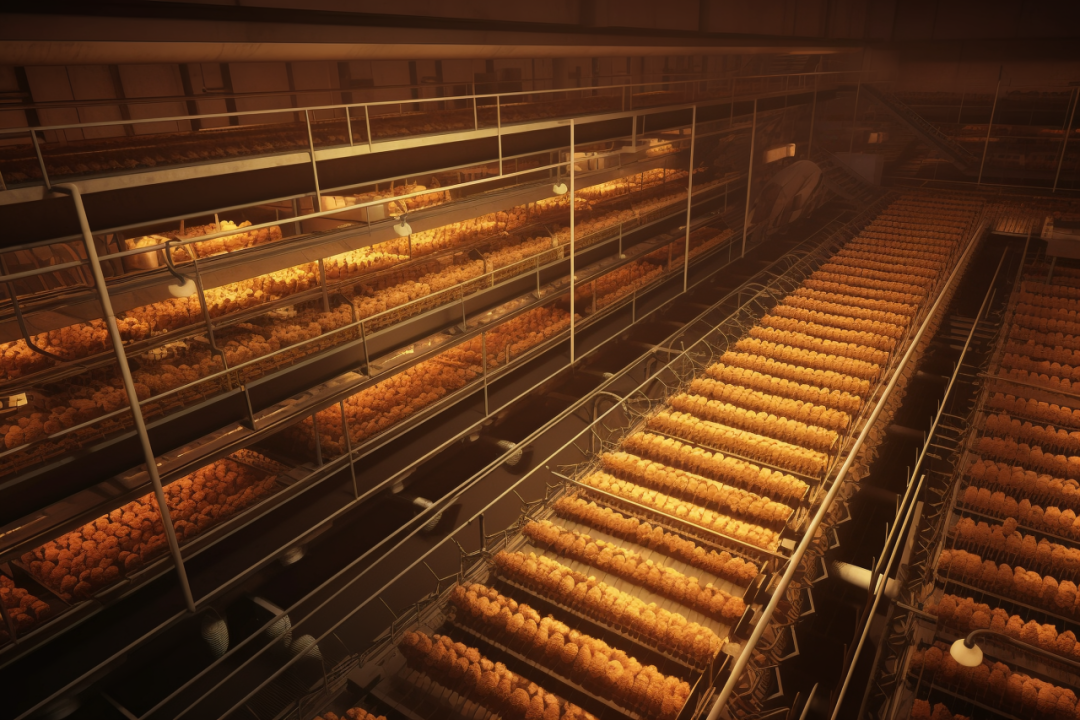Beijing Intellectual Property Court releases 10 typical cases of infringement of trade secrets (2/10)
Original Article:
https://bjzcfy.bjcourt.gov.cn/article/detail/2023/12/id/7689887.shtml
On November 30th, the Beijing Intellectual Property Court held a press conference to release the ten typical cases of infringement of trade secrets. These cases are significant in clarifying the judicial thinking and rules for handling trade secret infringement cases, enhancing awareness of self-protection and compliance for businesses, and fostering a favorable atmosphere in society that respects and protects trade secrets. We will provide a complete translation of the case details and analysis text released by the Beijing Intellectual Property Court as follows:
Case 2: Infringement of Real Estate Archive Data Software Trade Secrets Case
[Case Overview]
A certain data information technology company (referred to as Company A) is the rights holder of a computer software (referred to as the implicated software) for the digitization of real estate archive data. They claim that the source code of the implicated software constitutes a trade secret. The defendant, Mr. Cui, was originally a software development engineer at Company A and was involved in the development of the implicated software. After leaving Company A, Mr. Cui took a job at a certain technology company (referred to as Company B). Company A alleges that Mr. Cui disclosed the source code of the implicated software to Company B, and Company B, with knowledge that the source code of the implicated software was a trade secret of Company A, used it to develop the accused infringing software. This conduct was deemed a violation of the “People’s Republic of China Anti-Unfair Competition Law” enacted in 1993 (referred to as the 1993 Anti-Unfair Competition Law). Therefore, Company A filed a lawsuit with the Beijing Intellectual Property Court, requesting an injunction against Company B and Mr. Cui to cease the infringement of trade secrets, eliminate the impact, and jointly compensate for economic losses of CNY 2,000,000 and reasonable expenses of CNY 50,000.
After the first-instance court trial, it was found that Company B had used information related to the implicated software’s database design, such as database tables, sequences, views, and function settings (referred to as implicated technical information), in the accused infringing software. This was considered a violation of Article 10, Paragraph 1 of the 1993 Anti-Unfair Competition Law, and an infringement of Company A’s trade secrets. Therefore, the first-instance court ordered Company B and Mr. Cui to immediately cease their infringement of Company A’s trade secrets and jointly compensate Company A for economic losses and reasonable expenses totaling 200,000 yuan.
Company B and Mr. Cui were dissatisfied with the first-instance judgment and appealed to the second-instance court. The second-instance court upheld the original judgment and rejected the appeal.

[Key Points of the Judgment]
The information claimed by Company A to be part of the “database design,” including database tables, sequences, views, and function settings, does not involve program code. Although software users can read data information and obtain data table information based on user requests during software use, the design of database tables and sequences, as well as the configuration of views and functions, are technical information that cannot be obtained by software users through direct observation during the usage process. They require certain technical measures in the program back-end to access, and thus, they possess secrecy and qualify for protection as technical secrets.
Comparing the accused infringing software with the implicated technical information, there were 34 completely identical software database expressions. Considering that Mr. Cui was formerly a software development engineer at Company A, and there were also many irregular occurrences of Company A’s name and phone number in Company B’s accused software, in the absence of contrary evidence to overturn these findings, it can be concluded that Company B’s accused infringing software used Company A’s implicated technical information. Therefore, the actions of the defendants violated Article 10, Paragraphs 1 and 2 of the 1993 Anti-Unfair Competition Law, constituting unfair competition by infringing Company A’s trade secrets.
-e1679996194676.png)

